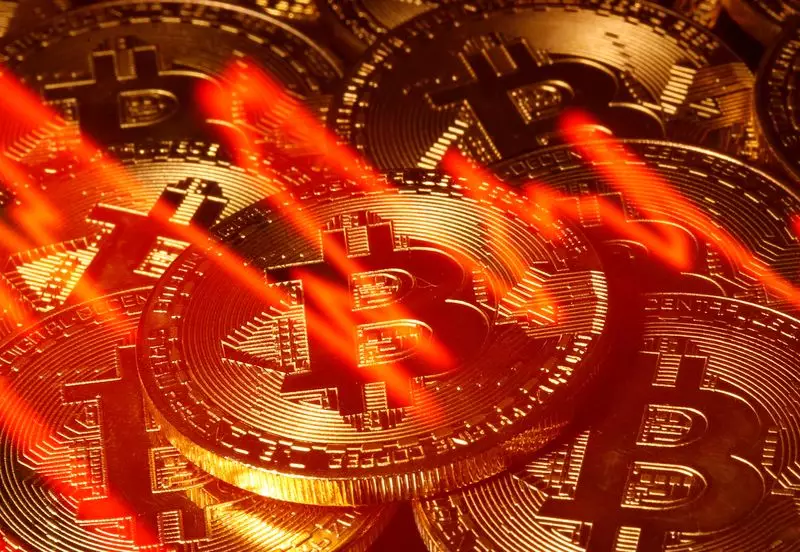In recent months, Bitcoin has exhibited a significant trend towards declining availability for trading. This phenomenon has not only sparked interest among investors, but it also raises critical questions about the future trajectory of the cryptocurrency. The noticeable decrease in Bitcoin held on exchanges can be interpreted as a shift in investor sentiment towards long-term holding rather than short-term trading. As a result, reduced exchange reserves may create an environment ripe for increased price volatility, especially in moments of rising demand.
Implications of Declining Exchange Reserves
The trends emerging from exchange reserves are quite revealing. Since the start of 2022, there has been a consistent downward trajectory in the amount of Bitcoin available on major exchanges. This reduction typically signals a bullish sentiment, as investors move their assets into private wallets, minimizing the liquidity available for trading. A decline in liquidity can lead to a supply squeeze, which often propels prices higher—particularly in cases of heightened demand. Consequently, this scenario could lead to a surge in prices, possibly enabling Bitcoin to revisit its historical highs.
Bitcoin’s last all-time high was an impressive $73,679. Recently, prices have surged, with Bitcoin climbing above the $72,000 threshold. This upward movement serves as a strong indication that, if the current trajectory persists, Bitcoin is poised to target its previous record. Potential price barriers loom ahead, with the psychological threshold of $75,000 marking the first major hurdle. Should Bitcoin manage to break through this resistance point, it could very well catapult towards new price targets, potentially approaching $80,000 or even surpassing it.
However, the crypto landscape is often volatile, with sharp corrections frequently occurring. Should the market experience a pullback, the $66,000 mark emerges as a solid support level that could help absorb any downward pressure. It is crucial for bullish investors to maintain the strength of this support level to sustain positive momentum.
Increasing participation from both institutional and retail investors can add further upward pressure on Bitcoin’s price. As exchange reserves dwindle, the inherent scarcity of Bitcoin may enhance its appeal, drawing in additional buying interest. The market’s dynamics suggest that higher demand, combined with limited supply, can lead to significant price increases.
The confluence of declining Bitcoin exchange reserves and growing market demand suggests an impending supply squeeze that could precipitate significant price movements. Investors would be wise to monitor these evolving trends closely, as they may indicate whether Bitcoin can not only retest its former highs but establish new benchmarks in the cryptocurrency ecosystem. As market conditions continue to evolve, so too will the strategies employed by investors aiming to leverage these potential opportunities. The intersection of increased scarcity and demand may very well chart Bitcoin’s path in the months to come.


Leave a Reply